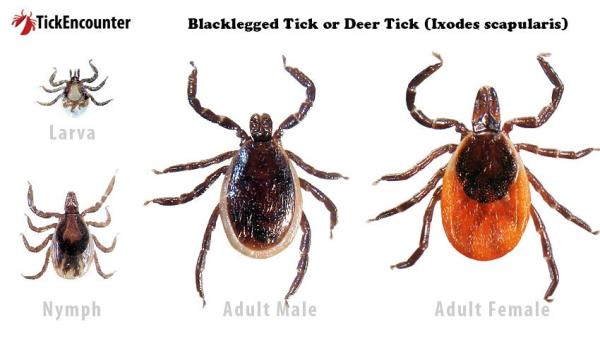| The deer tick, Ixodes scapularis (also known as the blacklegged tick), plays a crucial role in the transmission of Lyme disease. It's not the *cause* of the disease itself, but rather the vector – the organism that carries and transmits the causative agent. Specifically, the deer tick transmits the bacterium *Borrelia burgdorferi* (and related species) to humans through its bite.
Here's a breakdown of its role: - Infected Ticks: Deer ticks become infected with Borrelia burgdorferi when they feed on infected animals, primarily white-footed mice. These mice act as reservoirs for the bacteria. The bacteria then multiply in the tick's gut.
- Transmission during Feeding: An infected tick transmits the bacteria to humans during a blood meal. The bacteria are typically injected into the host's bloodstream when the tick saliva enters the wound. It's important to note that the bacteria aren't always transmitted immediately; the tick needs to be attached for at least 24-48 hours for efficient transmission to occur.
- Nymphs are Significant: While adult ticks can transmit Lyme disease, the nymphal stage (small, immature ticks) is responsible for the majority of human infections. Nymphs are harder to detect because of their small size, and their bites often go unnoticed.
- Geographic Distribution: The prevalence of Lyme disease is directly tied to the geographic distribution of the deer tick. Areas with high populations of deer ticks, white-footed mice, and other suitable hosts have a higher incidence of Lyme disease.
In summary, the deer tick acts as a biological bridge, transferring *Borrelia burgdorferi* from infected animals to humans, making it the primary driver of Lyme disease transmission. Understanding the tick's life cycle and its role in the disease transmission process is crucial for effective prevention and control strategies. 
Tags: Borrelia Burgdorferi Deer Tick Ixodes Dammini Lyme Disease Tick-Borne Illness  
|  1,340
1,340  0
0  0
0  3224
3224 